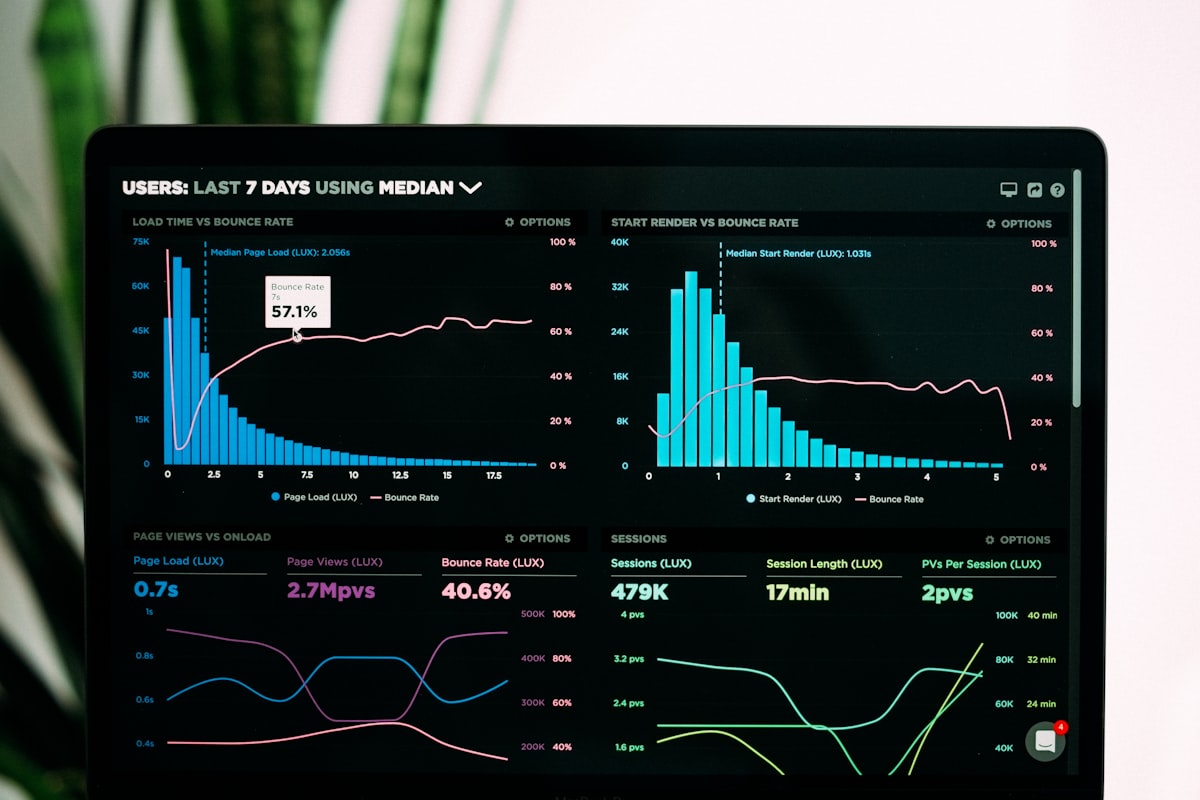Disinflation's Impact: What Would It Mean for You?
If inflation is bad for consumers, then disinflation must be good, no?

Disinflation is an economic concept that can have a significant impact on consumers' lives. With a landscape of economic uncertainty, it is critical to understand how disinflation can influence our spending and budgeting decisions.
What is disinflation?
Disinflation refers to a sustained decline in the rate of inflation – the rate at which the prices of goods and services increase in an economy.
Unlike deflation, where prices decline across the board, disinflation involves a reduction in the rate of price increases.
It is important to note that disinflation does not mean that prices are falling, but rather that they are rising at a slower rate.
Causes and consequences of disinflation
Disinflation can result from a variety of factors, such as tight monetary policies, a decline in aggregate demand or changes in the supply of goods and services. Its consequences can have both a positive and negative impact on consumers.
On the one hand, disinflation can be beneficial for consumers, as it implies less pressure on prices. This means that goods and services can become more affordable, which benefits consumers' purchasing power.
In addition, lower inflation can lead to greater confidence in the economy, which can stimulate investment and economic growth.
However, disinflation can also have negative effects. In a context of disinflation, companies may experience a decline in their profit margins, which can lead to reductions in investment and employment. In addition, if disinflation is the result of weak aggregate demand, it can imply lower economic activity and stagnant wages.
How does disinflation affect consumers?
Disinflation can have a direct impact on consumers in different aspects of their financial lives. Some of the ways in which disinflation can affect consumers include:
Purchasing power: In a disinflationary environment, prices tend to increase at a slower rate. This means that consumers can get more for their money, which increases their purchasing power. Products and services can become more affordable, which can lead to an increase in consumption.
Interest rates: In response to disinflation, central banks often lower interest rates to stimulate demand and economic growth. This can result in cheaper borrowing for consumers, which can encourage investment in homes, automobiles or other durable goods.
Savings and investment: Disinflation can affect consumers' savings and investment decisions. In a lower inflation environment, interest rates on savings products tend to decline. This can lead to lower interest rates on savings products.
So, is disinflation good or bad? It depends on your individual situation. In the short term, it can give consumers a little breathing room by putting a slight damper on prices and interest rates but it may also slow down employment.
For older consumers who are living on their retirement savings, it can mean a dip in the income they receive from interest and dividends.
In the long term, disinflation can inhibit economic growth and decrease everyone's economic prospects. So, like so many things, it can be good in small doses but not over a longer time frame.
